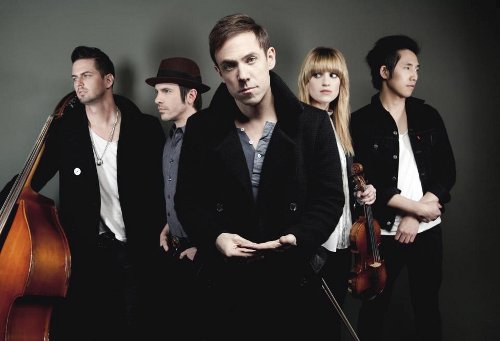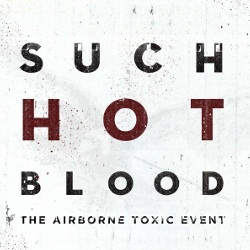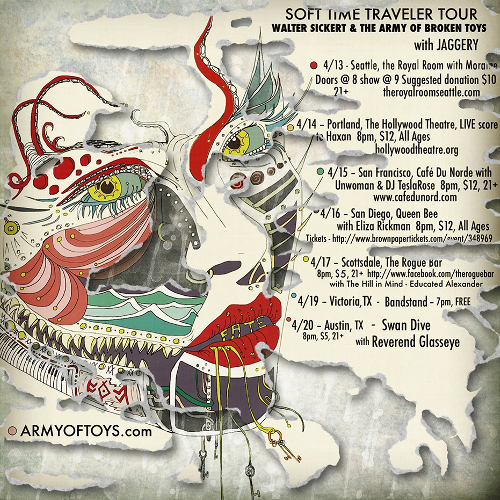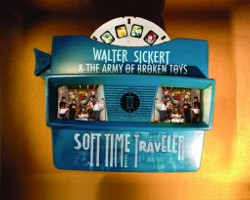

There are so many ghosts. Whether it’s the lingering scent of a departed lover or the voices of departed family members, the feeling of loss is profound, and dealing with loss over and over again can disfigure you. But despite that, there is also strength to be gathered from all those memories and the ceaseless voices. Since The Airborne Toxic Event’s first album in 2008, loss has been a central theme. It’s been a yin and yang of heartbreak and hope, mournful melancholy and ecstatic release, untempered passion and raw emotions. What has changed is that now the band has a richer, more varied palette at their disposal with which to tell their stories. There has been a progression from their debut to All At Once to this new album in terms of the narrator’s viewpoint. It began with the immediate gut reaction to pain and hurt, told from within. The second time around, it was an assessment from the road, with the miles of separation lending objectivity to the storytelling. That’s even more pronounced now, as the view pulls out wider. It’s the sort of perspective that comes naturally with the passage of time.
The band took a bit of a risk here with Such Hot Blood. With its deeply personal narrative and chock full of sentimental, romantic ballads, it’s not going to be what everyone wants to hear. This is not an album you can dance to, unless perhaps it’s a dramatic waltz. On All At Once, they wanted to show the world what they could do, and prove that they weren’t fixed to any one genre. For this third album, there was less pressure to “prove themselves,” leaving them free to explore where each individual song took them.
This beautiful album requires complete immersion with a good pair of headphones to realize how closely bound the song arrangements are with Mikel’s introspective mini novellas. Anna, Daren, Noah and Steven each add their trademark flourishes—a pinch of piano notes here, a dash of viola melody there, a vibrant guitar burst, a percolating bass, a dramatic drum roll… There are also cameo appearances of everything else imaginable, from horns to mandolin, glockenspiel to a touch of tambourine, synthesizer to string section, and even a wistful bit of whistling. Barely a measure goes by that the instrumentation doesn’t change—something goes away, something else dances in. Melodies ebb and flow throughout each song in a complex weave, with poetic lines and repeated phrases that cast light on key issues, the repetitions themselves a metaphor for getting “stuck” in repeating life patterns. What results is a rich soundtrack that tells the story in Greek chorus fashion.
share this:


